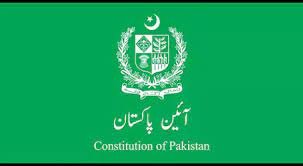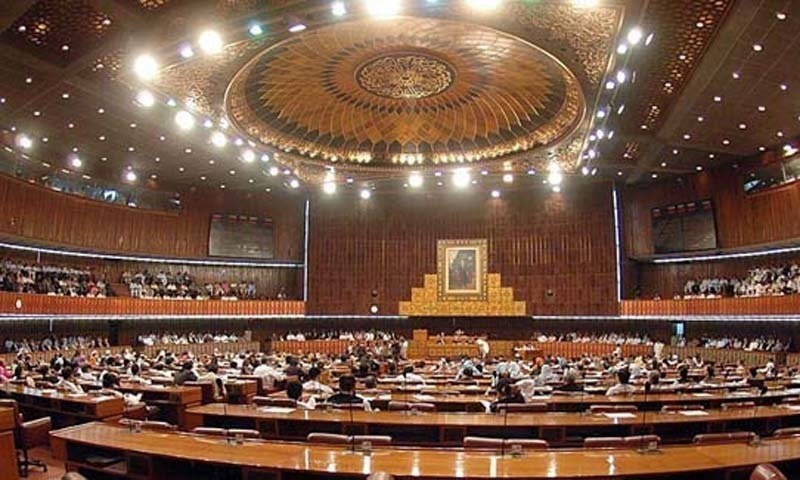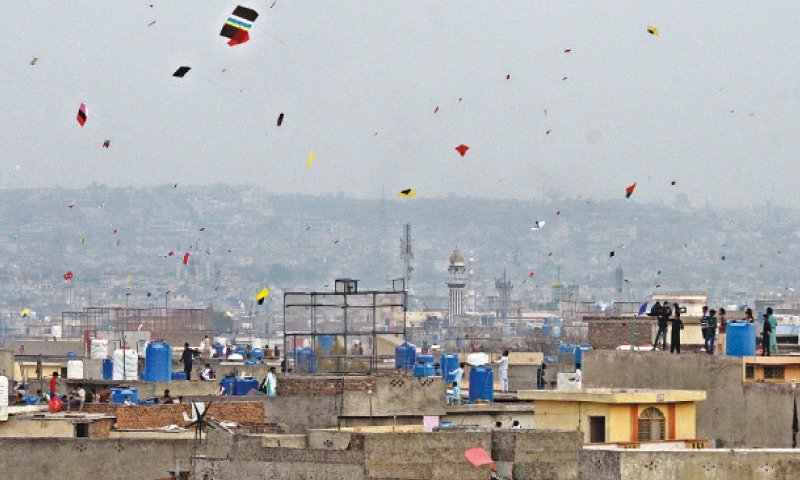A Critical Editorial by Republic Policy Think Tank
Article One of the Constitution of Pakistan holds a symbolic and structural significance. It is not merely a definitional clause; it is the foundational expression of the state’s identity, character, and territorial composition. Beginning with the declaration that “Pakistan shall be a Federal Republic to be known as the Islamic Republic of Pakistan,” the article attempts to encapsulate the philosophical and constitutional soul of the nation. However, while its intent is clear, its implications deserve critical scrutiny—especially in light of Pakistan’s persistent federal dilemmas, unresolved territorial questions, and the growing need to reinterpret foundational provisions in a democratic and inclusive light.
At the heart of Article One lies the declaration of Pakistan as a Federal Republic. This term, though seemingly straightforward, is politically and administratively loaded. A federal republic implies a union of partially self-governing provinces or regions under a central government. It signals decentralization, inclusion, and shared sovereignty. Yet, over seven decades later, Pakistan’s federal structure remains deeply centralized, often defying the very essence of what a federation should embody. While the Constitution proclaims federalism, the state machinery often behaves like a centralized unitary regime—particularly visible in the areas of resource distribution, fiscal control, legislative authority, and civil service administration.
The naming of the state as the “Islamic Republic of Pakistan” also warrants deliberation. While the Islamic identity of Pakistan is deeply embedded in its ideological foundation, the challenge lies in ensuring that the religious character of the state does not override the principles of federalism and republicanism. A republic, by definition, promotes the idea of collective representation and equality of all citizens under the constitution. The test of Article One is whether the Islamic dimension is harmonized with the federal and republican spirit in practice—so that no region, ethnicity, or sect feels excluded or inferior.
Clause 2 of Article One delineates the territorial composition of Pakistan, comprising four provinces, the Islamabad Capital Territory, and any other territories that may join Pakistan “by accession or otherwise.” The language here is diplomatically open-ended, allowing for future inclusion. But it also masks a critical political reality: the unresolved status of Azad Jammu and Kashmir and Gilgit-Baltistan. These regions, though administered by Pakistan, remain constitutionally undefined territories, creating an ambiguity that weakens Pakistan’s federal integrity. The absence of clear constitutional recognition and representation for these regions raises serious concerns about democratic rights, legal identity, and political equality for millions of citizens.
The inclusion of Clause 3—allowing Parliament to admit new states or areas into the Federation—is undoubtedly a forward-looking provision. It theoretically enables the Federation to evolve. Yet this power is rarely discussed or operationalized in modern legislative discourse. In fact, instead of thinking about how to constitutionally integrate marginalized or semi-autonomous areas, statecraft in Pakistan often leans toward security-centric control, bypassing democratic processes and genuine federal accommodation.
The use of the term “Majlis-e-Shoora” instead of just “Parliament” symbolizes the Islamic character of legislative power in Pakistan, but it also introduces semantic duality in constitutional language. While such terminology aligns with the state’s religious orientation, it must not be allowed to blur the essential functions of the legislature in a federal republic—chiefly, to represent the will of the people across all federating units equally and transparently.
A more pressing critique lies in the absence of functional federalism within the provinces themselves. Article One speaks of provinces as equal constituents of the Federation, but within provinces, the same principle is not extended to districts and local governments. The vertical imbalance between the federal government and provinces is mirrored horizontally between provinces and their own local tiers. If the Republic is truly to reflect federalism, decentralization must go beyond provinces—to the local governments, which are constitutionally mandated under Article 140-A but are consistently neglected in political practice.
Another concern is the legal ambiguity surrounding new or disputed territories. The article’s language—particularly in clause 2(c)—uses the phrase “such States and territories as are or may be included in Pakistan, whether by accession or otherwise.” This passive formulation is too vague for a modern constitution. It leaves open interpretive risks and fuels external criticism. The Constitution must define how such territories are to be administered, represented, and integrated under clear legal and democratic principles, not merely through administrative arrangements or political conventions.
The Republic Policy Think Tank itself derives its name from this very article, reflecting its commitment to the ideals of a federal, republican, and inclusive Pakistan. But ideals demand implementation. For Article One to be meaningful, its federal promise must be matched with institutional reform, democratic devolution, equitable resource allocation, and constitutional clarity regarding all territories under Pakistani control.
In conclusion, Article One is both a promise and a challenge. It lays down a vision of Pakistan as a federating, Islamic, republican entity—yet that vision remains partially fulfilled. In the current climate of political polarization, provincial grievances, and demands for greater autonomy, it is imperative that Pakistan reinterprets this foundational clause—not to revise its identity, but to actualize its essence. Article One must move from being a constitutional headline to a lived reality for every citizen, in every province, and in every corner of the republic. Only then can Pakistan truly claim to be a Federal Republic—in name, spirit, and substance.















